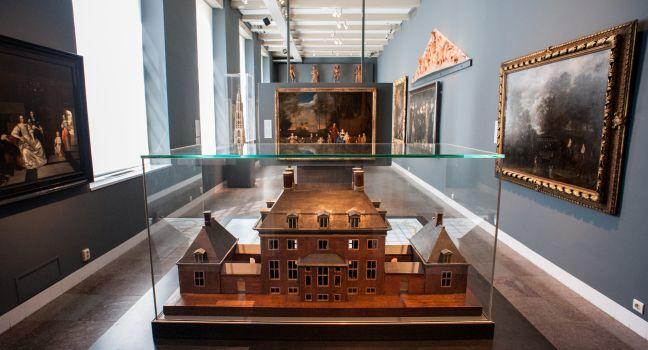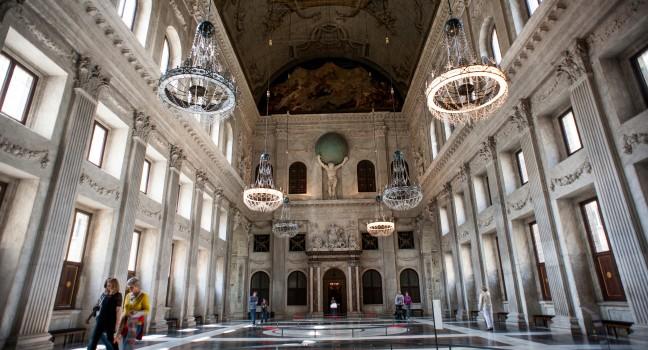Begijnhof
This tree-filled courtyard is a residential hideaway where women of the Beguine order lived a chaste, spiritual life from the 14th century onward. Number 34 is the oldest house in Amsterdam—one of two remaining wooden houses in the city following 15th-century fires that consumed three-quarters of the city. The small Engelse Hervormde Kerk (English Reformed Church) dates to the 14th century, when it was a place of worship for the Begijnen. After the Alteration of 1578 the church was relinquished to Protestants. When senior Begijn Cornelia Arents died in 1654, she said she'd rather be buried in the gutter than in the (now Protestant) church. Her wish was granted; look for the granite slab and plaque on the wall between the church and lawn.





